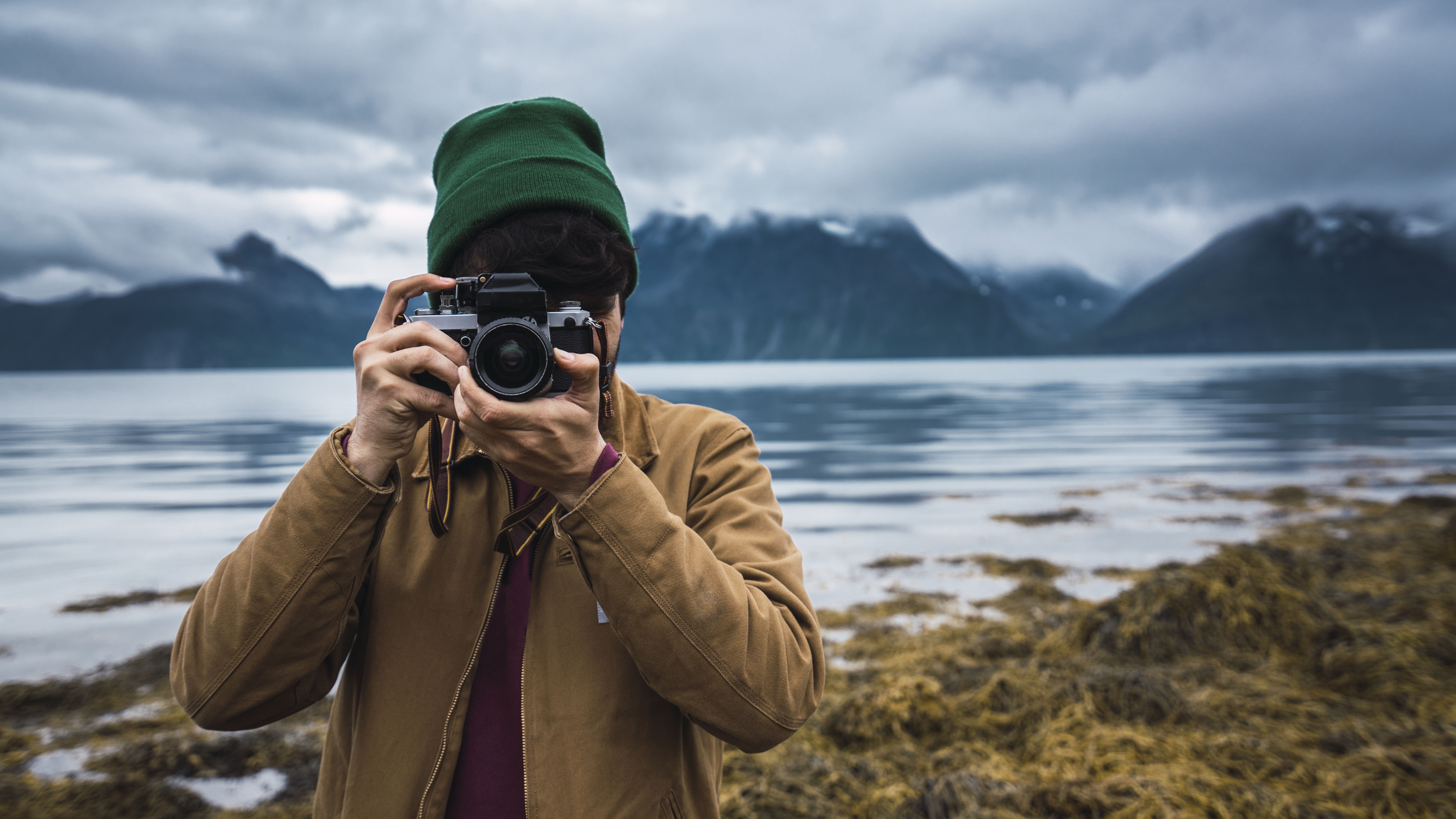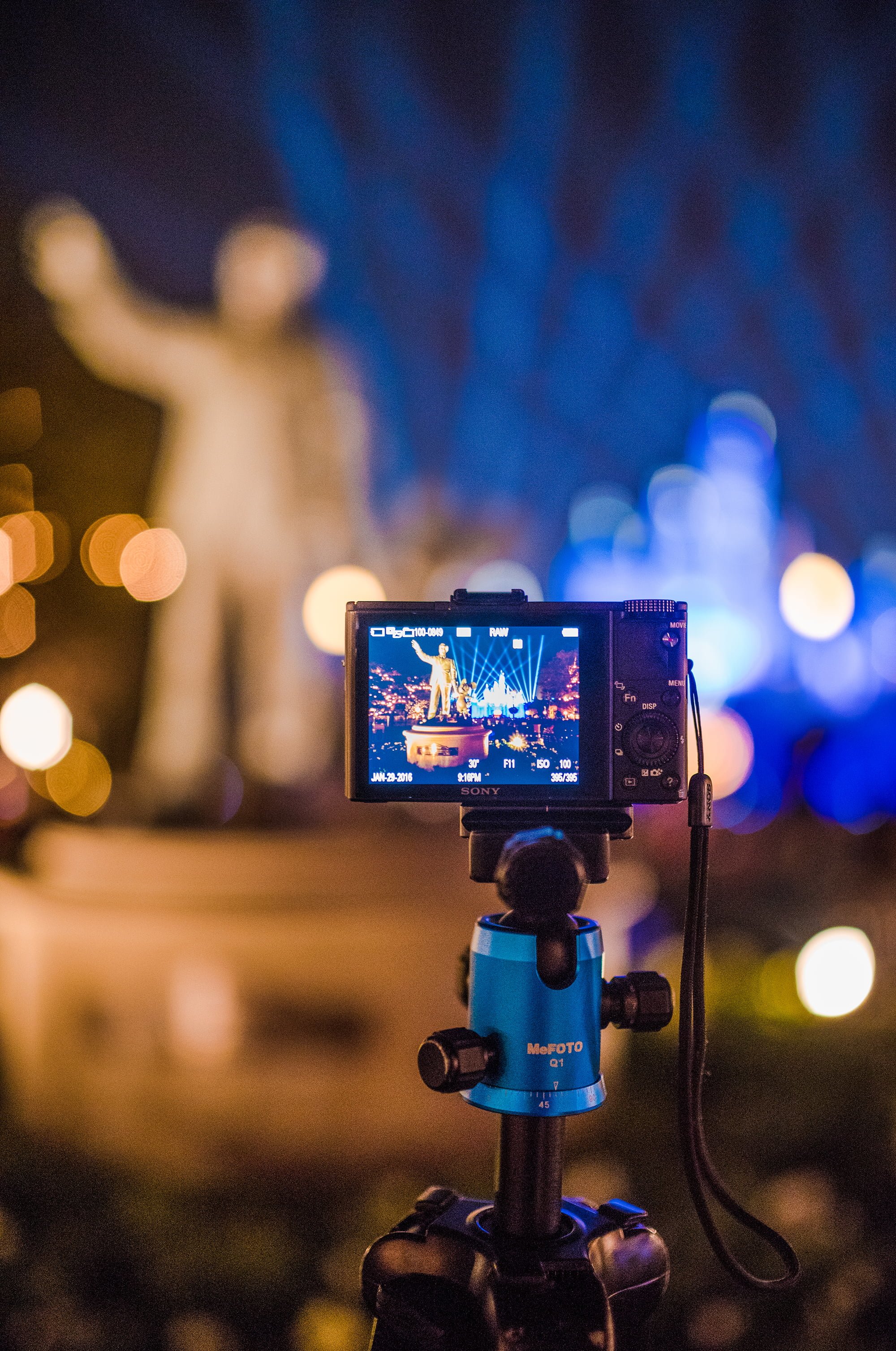Table of Contents
Taking an excellent image can appear straightforward: simply point and shoot. Anybody who's discovered exactly how to take professional photos understands that there's a lot more to it than that. photographer. Initially, training your eye to really look and take into consideration a scene, light, and subjectswhether they be landscape, design, people, or items.
The focal factor of a picture is the primary factor of passion. It might be anything from a tree, to a building, to an individual (or their eyes). Discovering a strong centerpiece is one of the essential actions of just how to take specialist photos. So when you're preparing out or establishing a shot, you should stop and ask on your own, "What do I see? What do I desire to concentrate on?" Once you recognize what your centerpiece is, the policies of structure below will certainly help you produce an intriguing photo that attracts and holds the audience's interest.

This policy is based upon the theory that our eyes will certainly cross a photo, and that placing the emphasis on a component off facility will create a much more vibrant make-up. Depending on your camera (or phone), you can set your screen or viewfinder to display a grid in order to aid you in your composition.
Some Known Details About Photography
Imagine there's a tic-tac-toe grid in front of your shot. That means 2 lines split your frame into thirds up and down, and two lines split it right into thirds horizontally. You need to position the subject and other essential aspects in your shot along these lines or at one of the 4 factors where they converge.

Ranked # 1 online profile building contractor by digital photographers. Leading lines are forms in your shot that can help assist a visitor's eyes to the prime focus. They can be created with an item or various other delineation that creates a line in your image, like roadways, fences, buildings, long hallways, trees, or shadows.
Perspective has a huge influence on the structure of any photo. By simply changing the angle or range from which you shoot, you can completely alter the mood and meaning of your images. You can explore this by firing the very same subject from above and listed below. A bird's-eye view can make a person in your shot seem little, while firing from below can make it appear like the same individual is currently overlooking you.
The Photography PDFs
When setting up any kind of shot, spend a long time thinking of viewpoint and how you desire your topic to appear. Don't hesitate to walk your location to look for fascinating angles, and see how considerably it can change the make-up's state of mind. Specifically when shooting electronically, attempt taking shots of all the angles you find interesting.
In this kind of structure, you're de-prioritizing the other aspects in your image, and instead you're providing these forms right into soft appearances.
This sort of framework can guide the customer's interest to your centerpiece. If the frame is relatively close to the cam, it can act as a foreground layer that adds depth to your image. Similar to creating a bokeh impact in the background, if you manually concentrate and zoom in on a subject in the middle ground, you can maintain the frame out of focus, which makes certain it doesn't attract focus away from your focal point.
All about Photography
Consisting of patterns or symmetrical components in your photos can make them extra captivating. Human beings have a propensity to search for and area patternswhich indicates anything that might have a pattern will hold a gaze much longer. Consisting of a component that interferes with the pattern creates an intriguing centerpiece. A simple example would certainly be a picket fence with one broken or missing picket.
On the other hand, if there's too much hard light in your shots, it can wreck your photo with unwanted darkness. Invest some time meticulously choosing your area, time of day and the angle you fire from to guarantee there's enough light in the scene.
headshots. Specialist digital photographers invest a great deal of time planning out lights and they make use of a series of lights tools. You don't require to invest a lot of cash to take the lights in your digital photography to the following degree (photographs). One budget friendly tool that will certainly help you manage your illumination is a reflector.